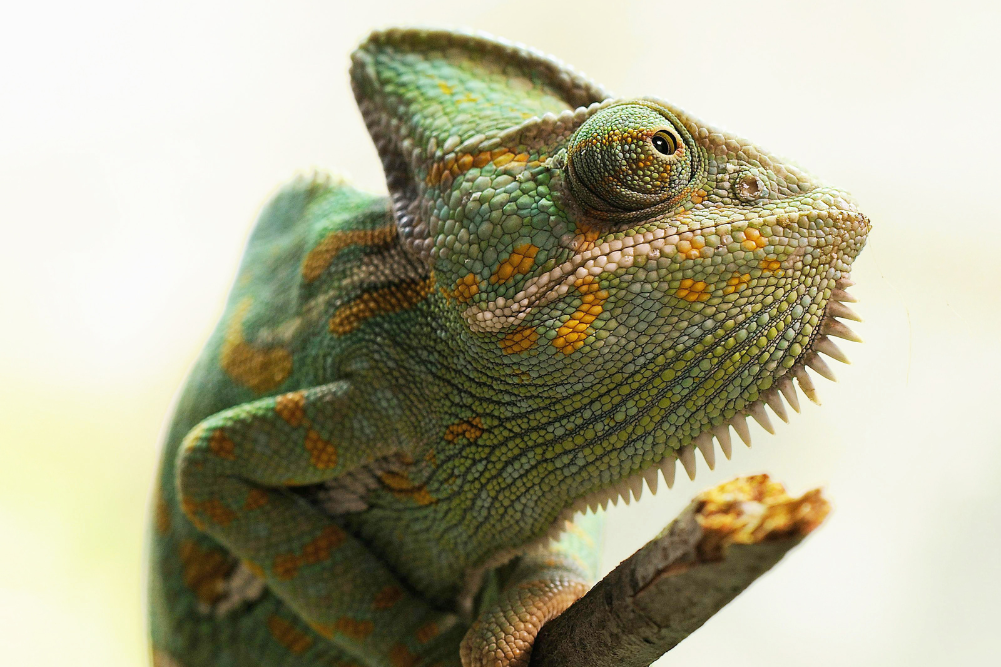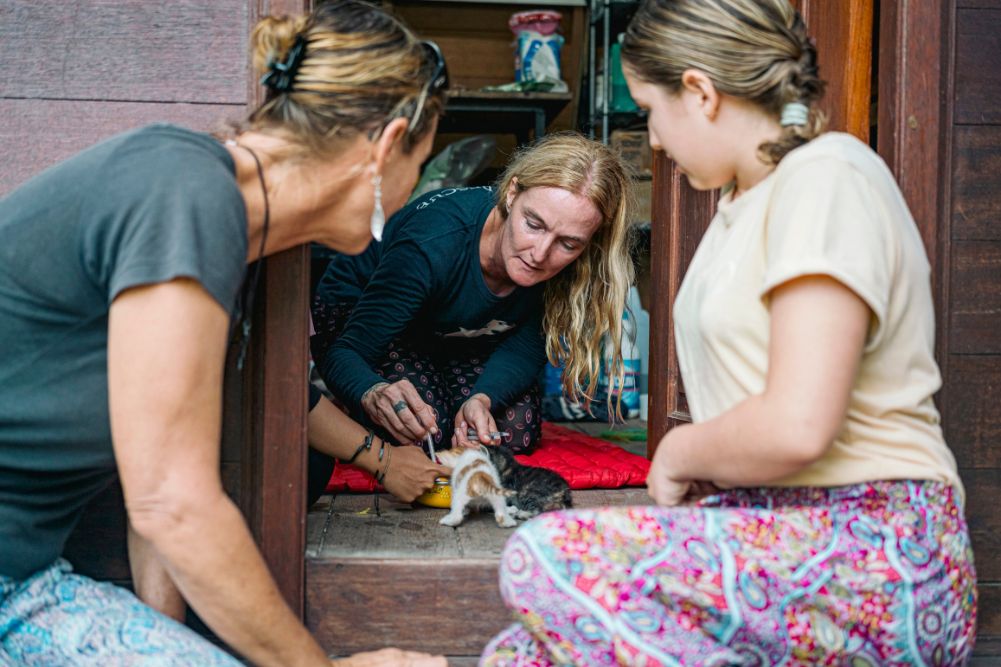Born to Die: The Chameleon That Outsmarts Extinction
In 2008, researchers from The University of New Mexico announced the discovery of a new species of chameleon. This new species is remarkable because every year it takes a huge evolutionary risk in order to survive.
There are more than 28,000 species of tetrapods (four-limbed vertebrates) on this planet, and nearly all of them are perennial (living multiple years). Labord’s chameleon (species name Furcifer labordi) is different.
Labord’s chameleon was discovered in the lowlands of south-western Madagascar, where there is a fierce dry season that lasts from April to October. To survive this harsh season in an arid environment, this particular chameleon has decided that the best thing they can do is die.
All Labord’s chameleon eggs hatch at the same time, in November just as the wet season begins. The hatchlings grow rapidly and reach adulthood by January. Between late January and March, mating occurs and females lay eggs in clutches of about 11. Males compete heavily for mating rights and then will guard their female, often not eating for days as they do. Females put all their energy into their eggs to help them survive the long April to October drought. By May, all of the adults are spent and after a short six-month life outside the egg, they die.
This means that for months, between May and October, the entire species is functionally extinct, existing only in egg form. If something happened to damage those eggs, the Labord’s chameleon would disappear as a species. It is an extraordinary evolutionary gamble for a species to embrace virtual extinction to survive, but for Labord’s chameleon, it has worked … so far.








